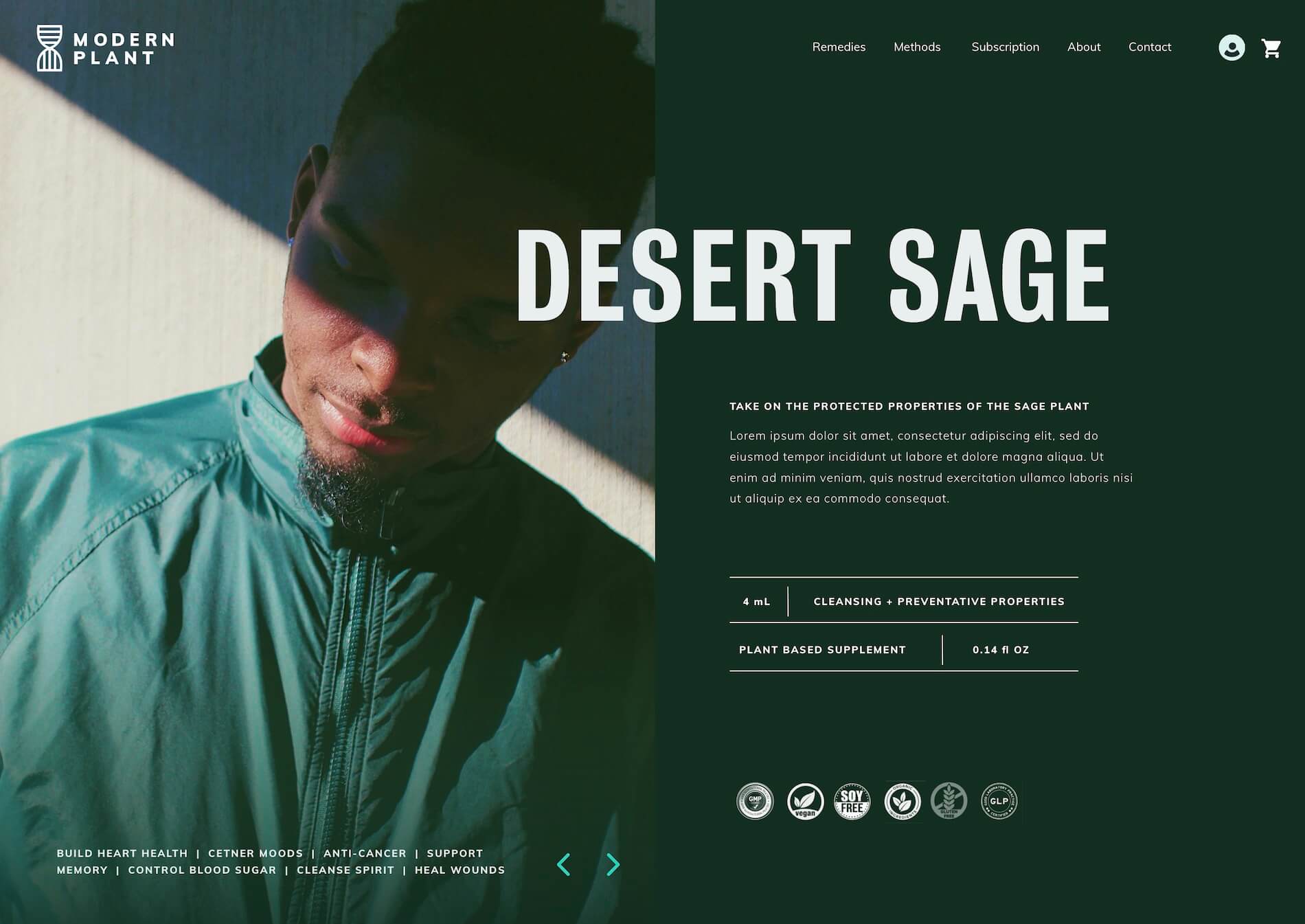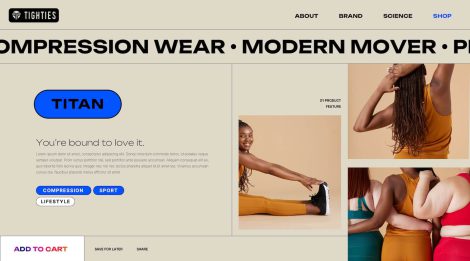January 10, 2024
The Art of User Experience Design: Crafting Seamless Digital Experiences
- Visual Soldiers
- UX/UI Design
- minute read

In today’s digital landscape, user experience design has become an integral part of creating successful websites and applications. It’s not enough to simply have a visually appealing interface; users expect seamless and intuitive experiences that cater to their needs. Enter the art of user experience design, a process that involves careful consideration of user behavior, preferences, and goals.
With the rapidly evolving digital landscape, businesses are realizing the importance of investing in user experience design. By crafting seamless digital experiences, companies can attract and retain users, ultimately leading to higher conversion rates and increased customer satisfaction.
But what exactly goes into creating a seamless digital experience? It starts with understanding the target audience and their pain points. Through research and analysis, user experience designers can gain insights into user behavior and preferences, helping them make informed design decisions.
From there, the art of user experience design involves a combination of wireframing, prototyping, and iterative testing. By constantly refining and improving the interface, designers can optimize the user journey and ensure a frictionless experience.
In this article, we will explore the fundamentals of user experience design and discuss strategies for crafting seamless digital experiences that captivate users and drive business success. So if you’re ready to take your website or app to the next level, let’s dive in and unlock the art of user experience design.
Importance of user experience design in digital products
In today’s highly competitive digital landscape, user experience design has emerged as a key differentiator for businesses. It is no longer enough to have a visually appealing website or application; users expect seamless and intuitive experiences that cater to their needs. User experience design focuses on understanding user behavior, preferences, and goals to create digital products that are not only visually appealing but also highly functional and easy to use.
Investing in user experience design can have a significant impact on a business’s success. By crafting seamless digital experiences, companies can attract and retain users, ultimately leading to higher conversion rates and increased customer satisfaction. Moreover, a positive user experience can foster brand loyalty and advocacy, as satisfied users are more likely to recommend a product or service to others.
Understanding user needs and goals
To create a seamless digital experience, it is crucial to understand the target audience and their pain points. User experience designers employ various research techniques to gain insights into user behavior and preferences. This includes conducting user interviews, surveys, and analyzing data from analytics tools.
By understanding user needs and goals, designers can align the product’s features and functionalities accordingly. This ensures that the digital product not only meets user expectations but also solves their problems efficiently. For example, if the target audience values speed and efficiency, the user experience design should prioritize fast loading times and streamlined processes.
Conducting user research and usability testing
User research is a crucial step in the user experience design process. It involves gathering data and insights about the target audience to inform design decisions. This can be done through methods such as user interviews, surveys, and observation.
Usability testing is another important aspect of user experience design. It involves testing the digital product with real users to identify any usability issues or areas for improvement. By observing how users interact with the product and gathering their feedback, designers can refine and optimize the user experience.
"There are three responses to a piece of design- yes, no, and WOW! Wow is the one to aim for."
- Milton Glaser
The process of user experience design
User experience design follows a systematic process that involves multiple stages. It typically starts with research and analysis, where designers gather insights about the target audience and their needs. This information is then used to create user personas and define user goals.
The next step is wireframing, where designers create low-fidelity representations of the user interface. Wireframes help visualize the layout and structure of the digital product, allowing designers to iterate and refine the design before moving on to the next stage.
Prototyping comes next, where designers create interactive prototypes that simulate the user experience. This allows for testing and validation of design decisions before investing resources in development.
Finally, the design is implemented and tested with real users. This iterative process allows for continuous improvements and ensures that the final product meets user expectations.
Designing intuitive and user-friendly interfaces
One of the main goals of user experience design is to create interfaces that are intuitive and user-friendly. This involves designing clear and consistent navigation, organizing information in a logical manner, and providing visual cues to guide users.
A well-designed interface should allow users to easily accomplish their goals without confusion or frustration. This requires careful consideration of the placement of elements, the use of color and typography, and the overall visual hierarchy of the interface.
Designers often employ principles such as simplicity, consistency, and hierarchy to create interfaces that are easy to understand and navigate. By reducing cognitive load and eliminating unnecessary complexity, designers can enhance the user experience and create a seamless digital experience.
Incorporating visual design principles into user experience
Visual design plays a critical role in user experience design. It involves the use of color, typography, imagery, and other visual elements to create a visually appealing and cohesive interface.
Visual design principles such as balance, contrast, and visual hierarchy are used to guide users’ attention and create a sense of harmony in the interface. By carefully selecting colors, fonts, and imagery that align with the brand and target audience, designers can create a visually engaging experience that enhances the overall user experience.
It is important to note that visual design should not overshadow usability. While aesthetics are important, they should always serve the purpose of enhancing the user experience and facilitating task completion.
Optimizing interactions and navigation
A seamless digital experience is characterized by smooth interactions and intuitive navigation. User experience designers focus on optimizing these aspects to create a frictionless user journey.
Interactions should be intuitive and responsive, providing immediate feedback to users’ actions. This can be achieved through the use of microinteractions, animations, and transitions that enhance the overall user experience.
Navigation plays a crucial role in guiding users through the digital product. Clear and consistent navigation menus, breadcrumbs, and search functionalities can help users find what they are looking for quickly and easily.
Additionally, designers should ensure that the digital product is accessible and usable across different devices and screen sizes. Responsive design and mobile optimization are essential to provide a seamless experience to users regardless of the device they are using.
Measuring and evaluating user experience
Measuring and evaluating user experience is essential to identify areas for improvement and validate design decisions. User experience metrics such as task completion rate, time on task, and error rate can provide insights into the effectiveness of the design.
User feedback, through methods such as surveys and usability testing, can also provide valuable insights into the user experience. This feedback should be carefully analyzed and used to inform future design iterations.
Additionally, analytics tools can provide quantitative data about user behavior and interactions with the digital product. This data can help identify patterns and trends, allowing designers to make data-driven design decisions.







